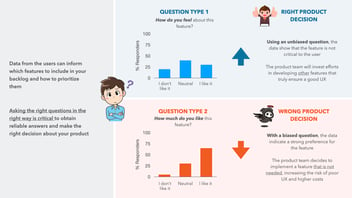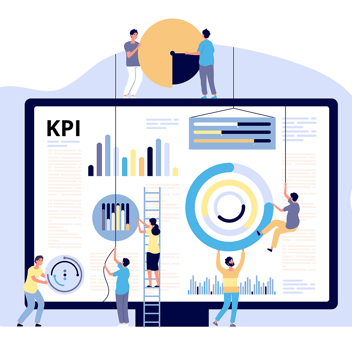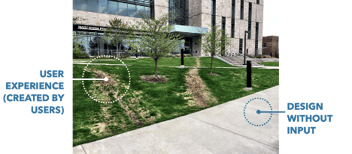Insights
How One Energy Company Almost Built a Mobile App Users Didn’t Need
A fundamental misunderstanding of user research leads organizations to build or purchase software that users don’t need—jeopardizing user adoption, user satisfaction and ROI.
User research is massively underutilized in many organizations today, basically acting as a way to validate or reproduce what stakeholders already know. A good research study, on the other hand, is meant to uncover new insights and shed light on less understood user motivations and workflows. On top of that—and often most important—good research identifies organizational beliefs that are flat out wrong, or more complex than originally thought.
Nobody would argue against the value of (1) recognizing false assumptions and (2) gaining a nuanced understanding of a business problem—and yet, leaders continue to undervalue user research.
First, let's get clear on the consequences: what happens when companies are lead by faulty product assumptions instead of research-backed insights?
Faulty assumptions and their consequences
Without proper user research, all kinds of misguided assumptions can take hold in an organizations stakeholders and boardrooms. Leaders may champion ideas around new product features or even marketing strategy without an objective basis. Even if leaders' broader assumptions are mostly correct, the devil is in the details; that’s because, without objective research, organizations can easily end up overpaying for features that weren’t really necessary, while missing out on features that might have made all the difference.
One energy company’s initial plan for a native app
ChaiOne recently conducted a research study for a large energy company in preparation for revamping its digital properties. One area under consideration was the development of a native mobile app for large-scale commercial customers (i.e. large companies looking to keep a close eye on their energy consumption).
The energy company already had a native mobile app for its small-scale residential customers (i.e. individuals and ‘mom-and-pop’ organizations with an interest in their energy consumption).
It was assumed that large commercial customers would benefit from having access to a native app like residential users already have, but customized to commercial needs.
Seems reasonable, no? In reality—as is often the case—user needs did not align with the outwardly reasonable assumption.
Uncovered: The reality of user needs
We discovered through surveys and user interviews that commercial customers expressed little need or interest in a native app. We found that the way the two sets of users use digital platforms was very different.
Commercial users valued robust analytics functionality like the ability to view and compare historical energy prices, market trends and other data.
On the other hand, residential users are more likely to value straightforward transactions like the ability to easily view invoices and pay bills. Since these users are less focused on deep analytics, a phone screen has plenty of space for their needs.
Commercial users, meanwhile, preferred large screens to analyze information and felt the screen of a mobile device to be limiting. In addition, they expressed little desire to conduct these analyses “on the go” and preferred to keep their work in the office.
The result: no use case discovered for a native mobile app
As a result, there was no clear use case to warrant the development of a native mobile app for large commercial users. The client was persuaded to focus their mobile effort on improving the app for residential users, which had low ratings in terms of ease of use and utility. Commercial customers were not ignored, but instead, emphasis was put on improving analytics tools and features to be used in a desktop office setting.
User research proved to be a valuable tool in redefining the organization’s priorities and directing resources to where they were most needed. As Evelina Deleanu, our head of Experience says—it can take just a few days to conduct research that can mitigate your risk of building or purchasing the wrong software. Take the time to check your foundational assumptions; you’ll be glad you did.



